Oil Chemical Displacement Agent Anionic Polyacrylamide
We offers 183 oil chemical displacement agent anionic polyacrylamide products. About 44% of these are petroleum additives, 43% are paper chemicals, and 38% are textile auxiliary agents. A wide variety of oil chemical displacement agent anionic polyacrylamide options are available to you, such as water treatment chemicals, electronics chemicals, and coating auxiliary agents.
Cationic Polymer Coagulant Drilling Fluid Polyacrylamide Polymer , Find Complete Details about Cationic Polymer Coagulant Drilling Fluid Polyacrylamide Polymer,Drilling Fluid Polyacrylamide Polymer,Cationic Polymer Coagulant,Polyacrylamide Polymer from Electronics Chemicals Supplier or Manufacturer-Our Company
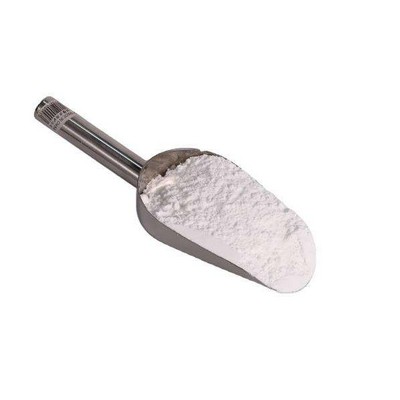
Coagulant Polyelectrolyte - Manufacturers in France
3. Used for water purification, water/oil emulsion, oil-containing wastewater treatment, recycling of waste water and sludge dewatering; Pam can effectively reduce the friction of the fluid, trace Polyacrylamide can include water resistance 50-80% Cationic Polyacrylamide using processes:
Get Price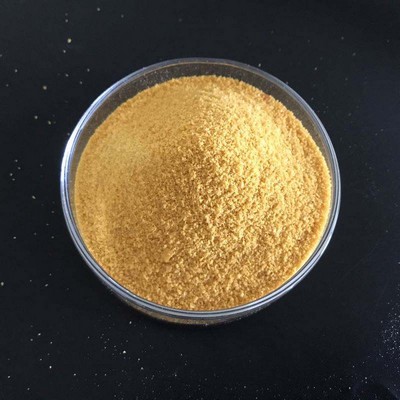
Polyacrylamide (pam) As Flocculant And Coagulant Chemical
Polyacrylamide (pam) As Flocculant And Coagulant Chemical Raw Material , Find Complete Details about Polyacrylamide (pam) As Flocculant And Coagulant Chemical Raw Material,Sell Polyacrylamide For Water Treatment,Anionic Polyacrylamide Water Treatment Polymer,Partially Hydrolyzed Polyacrylamide Product from Electronics Chemicals Supplier or Manufacturer-Liaocheng City Yongxing Environmental
Get Price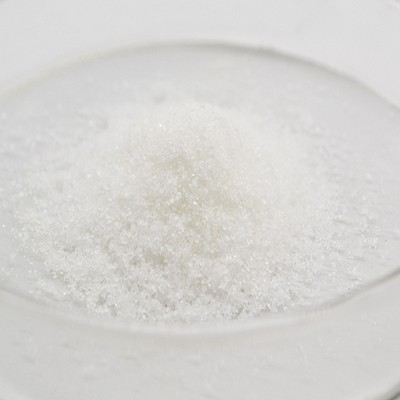
Anionic polyacrylamide for Oil displacement (EOR), China
Anionic polyacrylamide is a trpe of ultra-high molecular polyacrylamide specifically produced for oilfield polymer flooding process(EOR)by adopting a new technology.highest molecular weight goes uo tp 25million,moderate hydrolysis,high viscosity and fine solubility.
Get Price
Coagulation/Flocculation Process for Produced Water
Produced water is a huge waste volume of water associated with crude oil production. It is a combination of formation water that is present in the well and the oil well injection water.
Get Price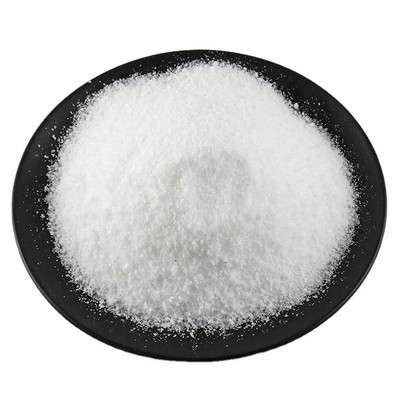
Polyacrylamide degradation and its implications
The hydrolyzed form of polyacrylamide (HPAM), a co-polymer of acrylamide and acrylic acid, is the most widely used anionic PAM in oil and gas development as well as in soil conditioning. 1,9,12,21
Get Price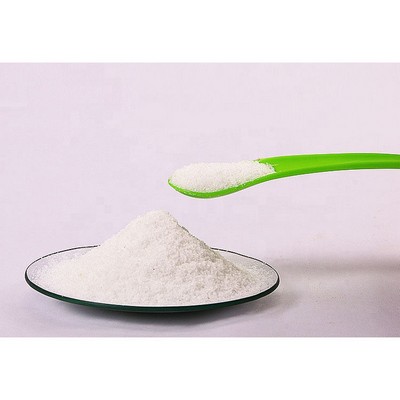
Golden Miles in Oil Recovery - OnePetro
Golden Miles in Oil Recovery Authors V. V. Mulyak reagents belonging to different classes of chemical compounds is used for well treatments. However, in general, polyacrylamide series synthetic organic polymers is used for conformance treatment, which possess a number of disadvantages, including short period of efficiency they are providing
Get Price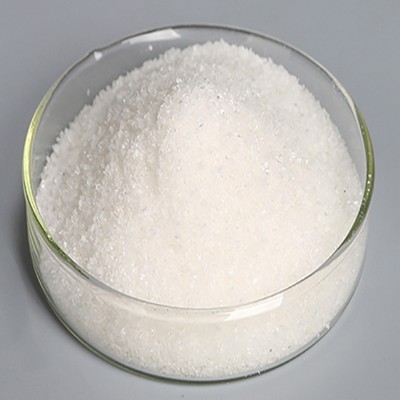
Advances of spontaneous emulsification and its important
Advances of spontaneous emulsification and its important applications in enhanced oil recovery process. we will focus on the updating advances of spontaneous emulsification and applications on EOR aspects. The starting point is a detailed overview of mechanisms, methods and influence parameters for the spontaneous emulsification procedures
Get Price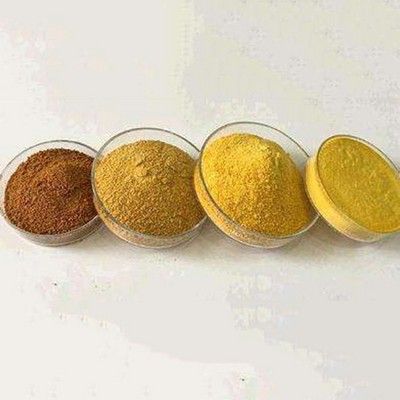
hydrolyzed polyacrylamide msds hpam for Syria market
Polyacrylamide Market To Touch US$7,657.9 mn by 2025. The valuation of global Polyacrylamide Market will expand at a CAGR of 6.3% by 2025. Polyacrylamide Market is likely to be valued at US$7,657.9 mn by the end of 2025. 浣嶇疆: State Tower, 90 State Street, Suite 700, Albany, 12207; hpam partially hydrolyzed polyacrylamide oil field for
Get Price- How many types of chemicals are in papermaking wastewater?
- Generally, every one ton of paper production, 50-100 tons of fresh water are consumed, and the produced wastewater can contain more than 200 different types of chemicals ( Niu et al., 2020a). Conventional biochemical treatment and reverse osmosis (RO) are commonly applied to treat papermaking wastewater.
- How is papermaking wastewater treated?
- Conventional biochemical treatment and reverse osmosis (RO) are commonly applied to treat papermaking wastewater. However, there are still high concentrated salts (e.g., NaCl and Na2 SO 4) and hard biodegraded organics (e.g., lignin and its derivatives) served as secondary pollutants.
- Can physicochemical treatment of papermaking wastewater improve its treatment efficiency?
- Therefore, exploring the appropriate coupling method to treat papermaking wastewater might improve its treatment efficiency. However, the existing physicochemical treatments of papermaking wastewater are of high cost and low efficiency and easily resulted in secondary pollution.
- How to reduce chroma in papermaking industry wastewater?
- Therefore, it is recommended to combine multiple methods to achieve the required level of treatment. Yuliani et al. (2018) used flocculation-UV irradiation or H 2 O 2 and electro-flocculation (EC) to treat papermaking industry wastewater, which reduced the chroma by 71% and 91% and decreased the COD by 38% and 84%, respectively.







